Goaltide Daily Current Affairs 2024
Current Affair 1:
Uttar Poorva Transformative Industrialization Scheme (UNNATI)
News:

The Union Cabinet approved the proposal for Uttar Poorva Transformative Industrialization Scheme, 2024 (UNNATI – 2024).
The Union Cabinet chaired by Prime Minister Shri Narendra Modi approved the proposal of the Ministry of Commerce and Industry, Department for Promotion of Industry and Internal Trade for Uttar Poorva Transformative Industrialization Scheme, 2024 (UNNATI – 2024) for a period of 10 years from the date of notification along with 8 years for committed liabilities at a total cost of Rs.10,037 crore.
The scheme is announced for the development of industries and employment generation in the states of North East Region.
This will be a Central Sector Scheme.
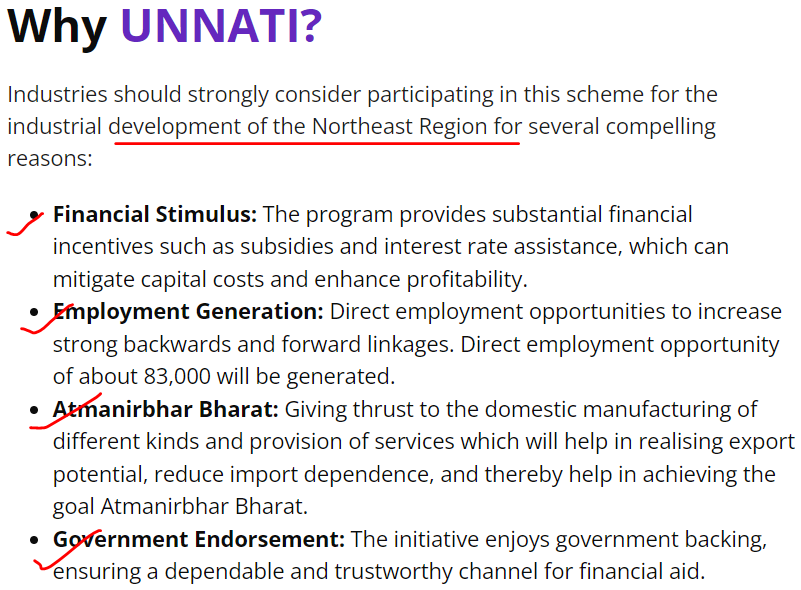
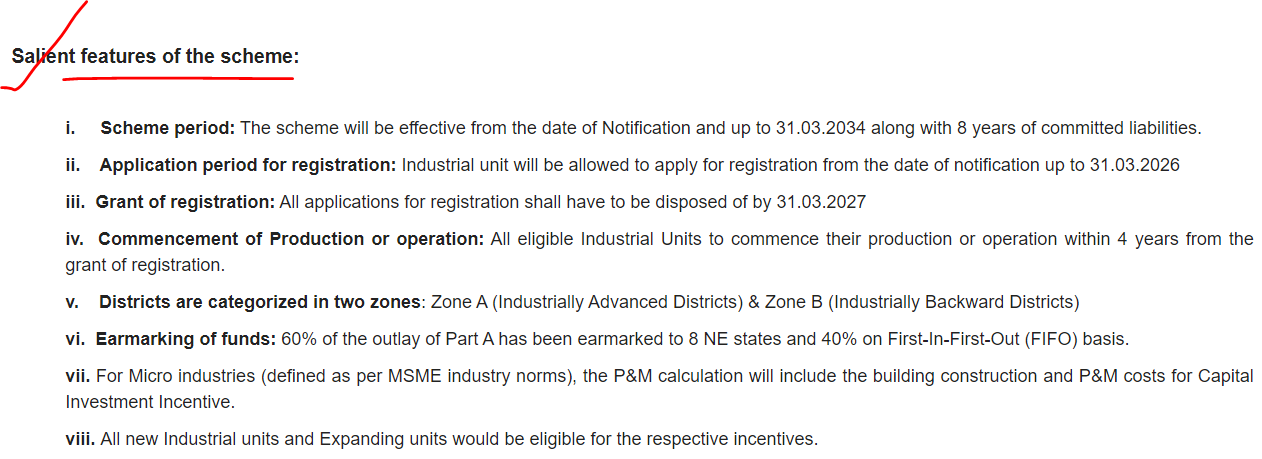
Current Affair 2:
History of Cooperative Movement in India
The data is taken from the: National Cooperative Database 2023: A Report’
The history of Cooperative Movement in India can be divided into two phases. First, cooperative Movement in the Pre-Independence era and second in the post-Independence era.
Pre-Independence era
- Cooperatives became legal entity way back in 1904 in India with the introduction of the “Cooperative Credit Societies Act”.
- This Act was restrictive in some manner as it kept non-credit and other societies out of its field. Subsequently, the defects of the 1904 Act were remedied when the Cooperative Societies Act, 1912 was enacted and it widened scope for the cooperatives.
- In the year 1914, the Maclagan Committee proposed certain reforms in the cooperative societies especially for the credit societies and it proposed a three-tier cooperative banking at Centre, Province and District levels.
- The Government of India Act, 1919 empowered the provinces to make law for cooperatives.
- The Bombay Cooperative Society Act, 1925 was the first cooperative legislation passed by the provincial government.
- The GoI enacted the Multi-Unit Cooperative Societies Act, 1942 for promotion and regulation of cooperatives having membership from more than one province.
Cooperative Movement in the Post-Independence Era
After Independence cooperatives became an integral part of India’s Five-Year Plans.
- The First Five-Year Plan designated a crucial role for cooperative organizations, emphasizing their coordination with village panchayats.
- Another important event of this period was the publication of the report of the Committee of Direction of the All-India Rural Credit Survey in 1954.
- The establishment of the National Cooperative Development Corporation (NCDC) under the National Cooperative Development Corporation Act, 1963, marked a crucial statutory initiative.
- Another significant milestone in credit development was the inception of the National Bank for Agriculture and Rural Development (NABARD) in July 1982 during the Sixth Plan period.
- The Seventh Plan aimed to ensure adequate financial support for weaker sections and less developed areas. The Indian Parliament passed the Multi-State Cooperative Organisations Act in 1984 to consolidate laws governing similar societies.
- To consolidate the numerous laws governing the same kinds of societies, the Government of India announced a National Policy on Cooperatives in 2002.
- Currently, the MSCS Amendment Act 2023 and MSCS Amendment rules were created to match the current laws with the 97th Amendment part IX(B) of India’s constitution. The aim is to enhance governance, increase transparency, and implement structural changes among the MSCS.
- The Ministry of Cooperation, established on 6th July, 2021, has significantly boosted the cooperative movement by implementing various schemes and initiatives. The Ministry is responsible for establishing a unique administrative, legal, and policy framework for advancing the cooperative movement across the nation.
If we see state wise cooperatives:
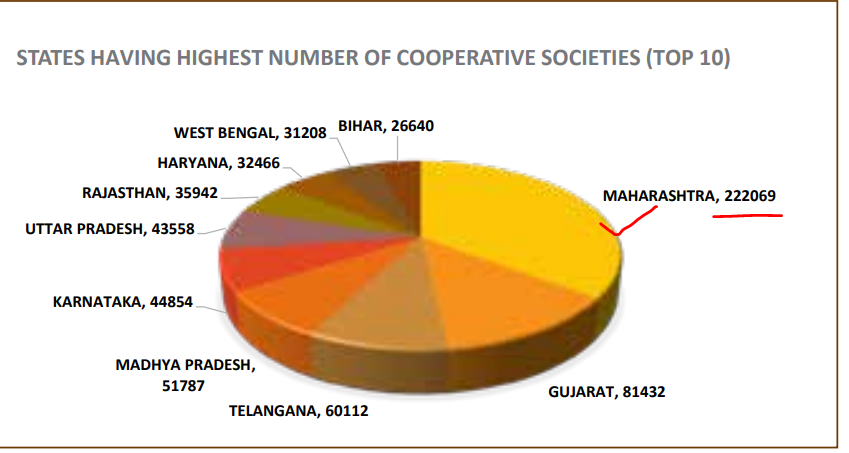
And in Housing sector, total no. of the societies is highest:

National Cooperative Societies/Federations:
National Cooperative Societies/Federations are defined under the Section 3(r) of the Multi-State Cooperative Societies Act, 2002 (as amended) and are listed in Second Schedule of the MSCS (Amendment) Act, 2023.
Currently, 19 Multi-State Cooperative Societies are listed in the Second Schedule of the MSCS (Amendment) Act, 2023 and these Multi-State Cooperative Societies are Apex Level Societies which represent their respective Sectors at the National Level.
See below 19 MSCS: No need to learn.
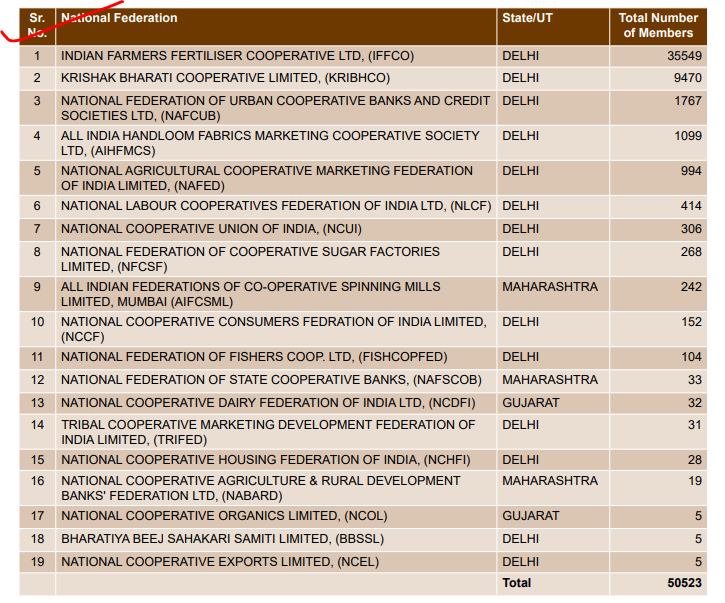
Similarly, there are State Federations at State level and District Federations at District level in their respective fields.
The functions of these National Cooperative Societies/Federations are defined under Section-24 of the MSCS (Amendment) Act, 2023 which majorly includes to provide specialised training, education, make model bye-laws and policies for consideration of its member cooperatives, undertake business services on behalf of its member cooperatives, develop market information system, logo brand promotion, quality control and technology upgradation etc.
Current Affair 3:
What is a large language model (LLM)?
A large language model (LLM) is a type of artificial intelligence (AI) program that can recognize and generate text, among other tasks. LLMs are trained on huge sets of data — hence the name "large."
In simpler terms, an LLM is a computer program that has been fed enough examples to be able to recognize and interpret human language or other types of complex data. Many LLMs are trained on data that has been gathered from the Internet — thousands or millions of gigabytes' worth of text. But the quality of the samples impacts how well LLMs will learn natural language, so an LLM's programmers may use a more curated data set.
What are LLMs used for?
LLMs can be trained to do a number of tasks. One of the most well-known uses is their application as generative AI: when given a prompt or asked a question, they can produce text in reply. The publicly available LLM ChatGPT, for instance, can generate essays, poems, and other textual forms in response to user inputs.
Any large, complex data set can be used to train LLMs, including programming languages. Some LLMs can help programmers write code. They can write functions upon request — or, given some code as a starting point, they can finish writing a program.
LLMs may also be used in:
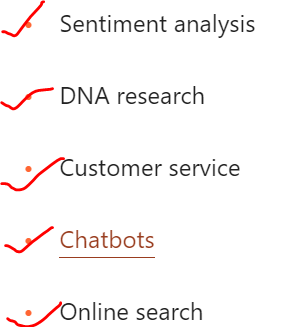
Examples of real-world LLMs include ChatGPT (from OpenAI), Bard (Google), Llama (Meta), and Bing Chat (Microsoft).
What are some advantages and limitations of LLMs?
A key characteristic of LLMs is their ability to respond to unpredictable queries. A traditional computer program receives commands in its accepted syntax, or from a certain set of inputs from the user. A video game has a finite set of buttons, an application has a finite set of things a user can click or type, and a programming language is composed of precise if/then statements.
By contrast, an LLM can respond to natural human language and use data analysis to answer an unstructured question or prompt in a way that makes sense. Whereas a typical computer program would not recognize a prompt like "What are the four greatest funk bands in history?", an LLM might reply with a list of four such bands, and a reasonably cogent defense of why they are the best.
Current Affair 4:
Turning bauxite residue into resource
Read:

Bauxite residue, also known as Red Mud, contains toxic heavy metals such as arsenic, lead, cadmium, chromium, vanadium and mercury. Its high alkalinity makes it extremely corrosive and damaging to soil and life forms - it can be harmful if ingested or inhaled - posing a significant threat to the environment.
Recent efforts, particularly in Europe, in comprehensive bauxite residue utilization involve multi-stage processes that yields multiple products. The current research from the IIT team not only opens opportunities for the disposal of bauxite residue but also creates opportunities for its utilization in the recovery of valuable materials, thereby promoting sustainability and a circular economy.
By treating the bauxite residue with phosphoric acid, the researchers were able to get new materials that were a mix of aluminium, iron and silicon phosphates, along with other compounds such as sodium and calcium.
Some of these new materials - ceramics - have unique attributes, particularly dielectric and optical properties. The dielectric properties indicating the tunable nature of the materials. The optical properties of the materials show distinct features in terms of light absorption, reflection and emission, with some samples exhibiting emission in the visible region and even in the pure white region.
Potential Applications
Materials with tailored dielectric properties find applications in electronic components such as capacitors, insulators and semiconductors. The dielectric properties of these materials are beneficial for energy storage applications, such as in capacitors or batteries, where high dielectric constants are desirable.
Environmental Impact
Another focus of the research was to establish a secure disposal pathway for the massive volumes of industrial waste generated annually, offering both environmental benefits and economic opportunities.
By converting bauxite residue - a by-product of Aluminium production - into functional materials, the study demonstrates a way to valorize industrial waste and reduce the amount of waste sent to landfills.
Repurposing waste materials reduces the need for extracting new raw materials from pristine sources. This promotes resource efficiency and minimizes the environmental impact of resource extraction.
The ones with optical properties, including emissions in the visible region suggest potential applications in devices such as light-emitting diodes (LEDs) and digital displays. The pure white emission observed in a specific sample could be particularly attractive for lighting applications.
<< Previous Next >>


